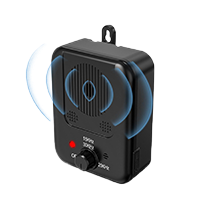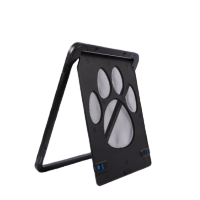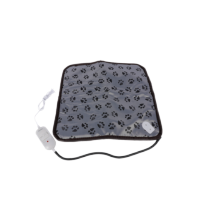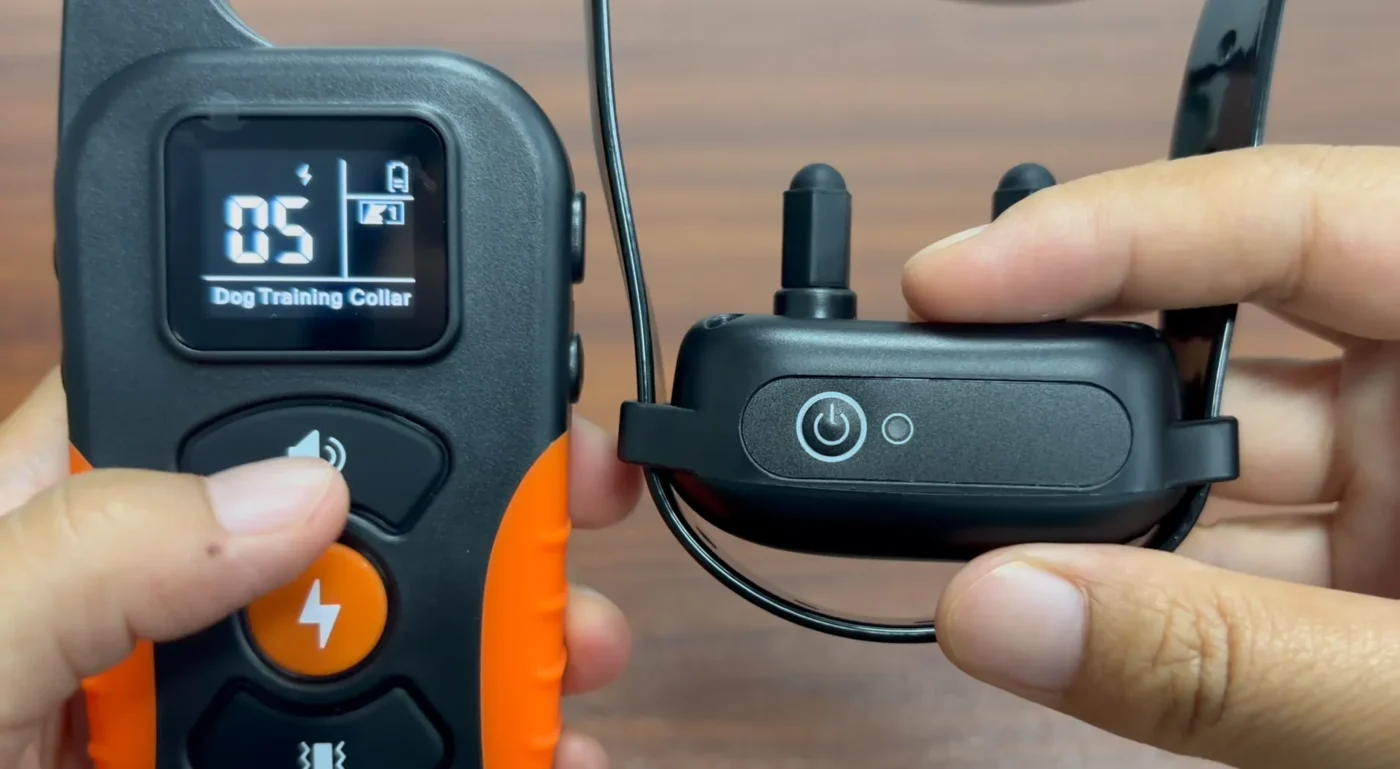Table of Contents
- Introduction
- Understanding the Modes
- How Wireless Dog Fences Work
- Choosing the Right Mode for Your Dog
- Effectiveness and Limitations
- Animal Welfare Concerns
- Alternatives to Wireless Dog Fences
- Conclusion
- FAQ
Introduction
Wireless dog fences have revolutionized pet containment by providing a convenient and flexible way to keep dogs safe within a designated area. Unlike traditional fences, these systems create invisible boundaries using a transmitter and a receiver collar. When a dog approaches the boundary, the collar delivers a correction through one of three primary modes: shock, vibration, or beep.
Each mode offers a unique method of training and containing your dog. Understanding the differences between these correction modes is crucial for ensuring the well-being of your pet and the effectiveness of the system.
Understanding the Modes
Shock Mode
Shock mode utilizes an electrical stimulus to correct your dog. Here’s how it works:
- Electrical Stimulus: When the dog approaches the boundary, the collar delivers a mild electric shock.
- Adjustable Intensity Levels: Most collars allow you to adjust the shock intensity based on your dog’s size and sensitivity.
- Potential for Pain and Discomfort: While effective for some dogs, shock mode can cause pain and discomfort, raising ethical concerns.
Vibration Mode
Vibration mode offers a gentler alternative:
- Vibratory Sensation: The collar vibrates when the dog nears the boundary.
- Intensity Levels: Similar to shock mode, the intensity of the vibration can be adjusted.
- Effectiveness for Different Dog Breeds and Temperaments: Vibration mode works well for various breeds and temperaments, especially for dogs sensitive to shock.
Beep Mode
Beep mode relies on an audible warning:
- Audible Warning: The collar emits a beep sound when the dog approaches the boundary.
- Effectiveness as a Standalone or Combined Mode: Beep mode can be used alone or in conjunction with shock or vibration modes.
- Suitable for Which Types of Dogs: This mode is ideal for dogs that respond well to auditory cues and can be an excellent starting point for training.
How Wireless Dog Fences Work
Understanding how wireless dog fences operate can help you make an informed decision about their use. These systems generally consist of three basic components:
- Transmitter: This device sends a radio signal to create a circular boundary around your property.
- Receiver Collar: Worn by your dog, this collar detects the signal from the transmitter and delivers the chosen correction mode (shock, vibration, or beep).
- Boundary Flags: These visual markers help train your dog to recognize the limits of their allowed area.
Boundary Creation and Adjustment
The transmitter’s range can be adjusted to set the boundary size according to your needs. This flexibility allows you to customize the safe zone for your dog. The boundary is usually a circular area, but some advanced systems allow for more complex shapes. It’s essential to regularly check and adjust the boundary to ensure it remains effective.
Collar Fit and Comfort
Proper collar fit is crucial for the system to work effectively and comfortably. The collar should fit snugly but not too tight, allowing for two fingers to slip underneath. Regularly check for any signs of irritation or discomfort and adjust as needed to maintain your dog’s comfort.

Choosing the Right Mode for Your Dog
Selecting the appropriate correction mode depends on several factors:
- Dog’s Personality: Some dogs are more stubborn and may require stronger corrections, while others are more sensitive.
- Size: Larger dogs may need higher intensity levels, whereas smaller dogs might respond well to milder corrections.
- Age: Puppies and senior dogs may need gentler corrections.
- Sensitivity: Dogs with higher anxiety levels or those who are more sensitive may benefit from vibration or beep modes instead of shock.
Consultation with a Professional Dog Trainer
A professional dog trainer can provide valuable insights into choosing the right correction mode. They can assess your dog’s behavior, temperament, and needs, ensuring a humane and effective training process.
Gradual Introduction of the Fence and Correction Modes
Introduce the wireless fence and correction modes gradually. Start with the beep mode to familiarize your dog with the boundary. Gradually introduce vibration or shock modes if necessary, always monitoring your dog’s reaction and comfort level.
Effectiveness and Limitations
Success Rates of Different Modes
The effectiveness of each correction mode can vary. Shock mode may be more immediate and decisive for some dogs, while others may respond better to the gentler vibration or beep modes.
Environmental Factors Affecting Performance
Several environmental factors can impact the performance of wireless dog fences:
- Terrain: Hilly or uneven terrain can affect the signal range and consistency.
- Obstacles: Trees, buildings, and other obstacles can interfere with the signal.
Potential for Escape or Boundary Crossing
No system is foolproof. There is always a potential for dogs to escape or cross the boundary, especially if the system is not set up correctly or the dog is highly motivated to breach the boundary.
Long-Term Effectiveness and Habituation
Over time, dogs can become accustomed to the correction modes, potentially reducing their effectiveness. Continuous training and periodic adjustments to the correction levels may be necessary to maintain long-term effectiveness.
Animal Welfare Concerns
Ethical Considerations of Shock Collars
The use of shock collars in wireless dog fences raises several ethical questions. While some argue that shock collars are an effective training tool, others believe they can cause unnecessary pain and distress to dogs. It’s crucial to weigh the potential benefits against the moral implications of using such devices.
Potential for Stress, Anxiety, or Fear
Shock collars can cause stress, anxiety, or fear in dogs, particularly if used improperly. The sudden, unexpected shock can create a negative association with the boundary area, leading to behavioral issues. It’s essential to monitor your dog’s response and adjust the correction level or mode if signs of distress appear.
Humane Alternatives and Training Methods
Fortunately, there are humane alternatives to shock collars:
- Positive Reinforcement: Reward-based training encourages good behavior without the need for aversive methods.
- Clicker Training: This technique uses a clicker to mark desirable behavior, followed by a reward.
- Behavior Modification: Working with a professional trainer can help address specific behavioral issues through humane methods.
Alternatives to Wireless Dog Fences
If wireless dog fences aren’t suitable for your needs, consider these alternatives:
Traditional Fencing
Traditional fencing is a reliable and visible barrier that can keep your dog safe. It provides a physical boundary that dogs can easily understand.
Invisible Fences (Buried Wire)
Invisible fences use a buried wire to create a boundary. These systems can offer more customization in boundary shape compared to wireless fences and can be a good alternative if your property has uneven terrain.
Dog Training and Behavior Modification
Professional dog training and behavior modification techniques can effectively teach your dog to stay within safe boundaries without the need for physical or electronic fences. Consistent training can instill a strong recall and boundary respect.
Conclusion
In summary, wireless dog fences offer three primary correction modes: shock, vibration, and beep. Each mode has its advantages and limitations, and the choice of mode can significantly impact your dog’s experience and the system’s effectiveness.
When choosing a correction mode, consider your dog’s personality, size, age, and sensitivity. Consulting with a professional dog trainer and gradually introducing the fence and correction modes can ensure a smooth transition.
Animal welfare should always be a top priority. Opt for humane training methods and consider the ethical implications of using shock collars. Explore alternatives like traditional fencing, invisible fences, or professional training to find the best solution for your dog.
Ultimately, responsible pet ownership and humane treatment are crucial. With the right approach, wireless dog fences can be an effective tool for keeping your dog safe while allowing them the freedom to explore their environment.
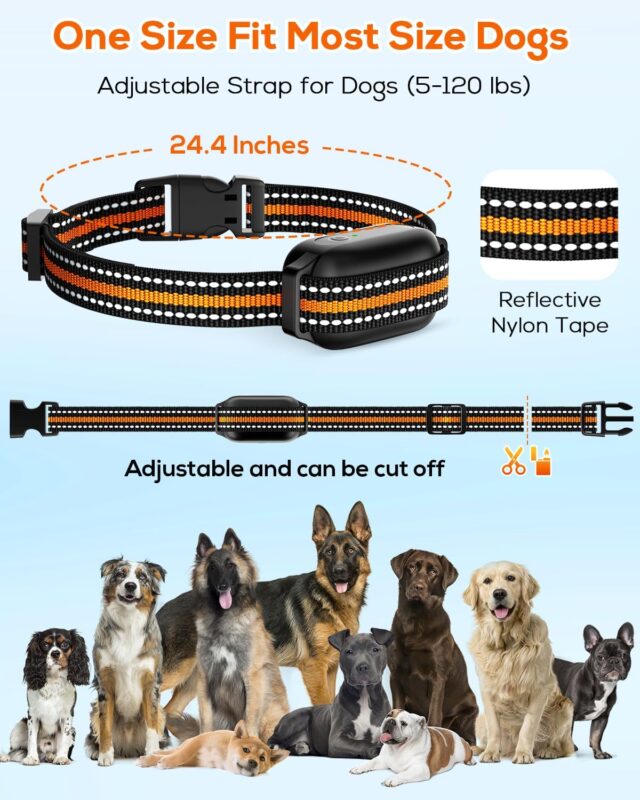
Product Highlight: Koroz Dog Training Collar
For those looking for a versatile and humane training tool, consider the Koroz WXWL004 Dog Training Collar. This collar offers three training modes to suit your dog’s needs:
- Beep Mode: With 9 different tone types, you can find the perfect sound to get your dog’s attention.
- Vibration Mode: Adjustable from 1 to 9 levels, this mode provides a gentle yet effective correction.
- Safe Shock Mode: Featuring 1 to 16 levels, this mode ensures you can find the right level of stimulation for your dog’s temperament.
With a 3300FT range and a three-channel design, you can train up to three dogs simultaneously. The collar fits dogs of all sizes and is made of durable, comfortable nylon. Its IPX7 waterproof rating means it works in any weather, and the impressive battery life with quick charging ensures uninterrupted training sessions.
FAQ
Are vibration collars better than shock?
Vibration collars are generally considered more humane than shock collars because they provide a non-invasive form of correction. They use a vibratory sensation to get the dog’s attention, which can be less stressful and uncomfortable compared to the electrical stimulus of shock collars. The effectiveness of vibration collars can vary based on the dog’s temperament and the specific training goals. For many dogs, vibration collars offer a gentler alternative that still provides effective training.
Why is my invisible fence collar beeping but not shocking?
If your invisible fence collar is beeping but not delivering a shock, it could be due to several reasons:
- Low Battery: Check if the collar’s battery needs replacing or recharging.
- Collar Malfunction: There might be a malfunction in the collar’s shock mechanism.
- Boundary Issues: Ensure the transmitter is functioning correctly and that the boundary settings are properly adjusted.
- Contact Points: The collar’s contact points might not be making proper contact with your dog’s skin.
Does invisible fence use shock?
Yes, many invisible fences use shock as one of their correction methods. These systems deliver a mild electric shock through the collar when the dog crosses the boundary. However, some systems also offer vibration and beep modes as alternatives or complementary options to shock.
What is the failure rate of invisible fences?
The failure rate of invisible fences can vary based on several factors including the system’s quality, installation accuracy, and the dog’s training. Common issues include:
- Signal Interference: Obstacles or terrain can disrupt the signal.
- Training Inconsistency: Inadequate training can lead to dogs ignoring the boundary.
- System Malfunctions: Mechanical or electronic failures can affect performance.
Overall, with proper installation and training, many users find invisible fences to be effective, but it’s essential to consider their limitations and monitor their performance.
What are the side effects of shock collars on dogs?
Shock collars can have several potential side effects on dogs, including:
- Stress and Anxiety: The shock can cause fear and anxiety, leading to behavioral changes.
- Physical Discomfort: Prolonged use may cause irritation or discomfort at the contact points.
- Negative Associations: Dogs may develop negative associations with certain areas or situations due to the shocks.
It’s important to use shock collars judiciously and in conjunction with positive reinforcement methods to minimize negative effects. Always monitor your dog’s response and consult with a professional trainer if you have concerns about the collar’s impact on your pet.

